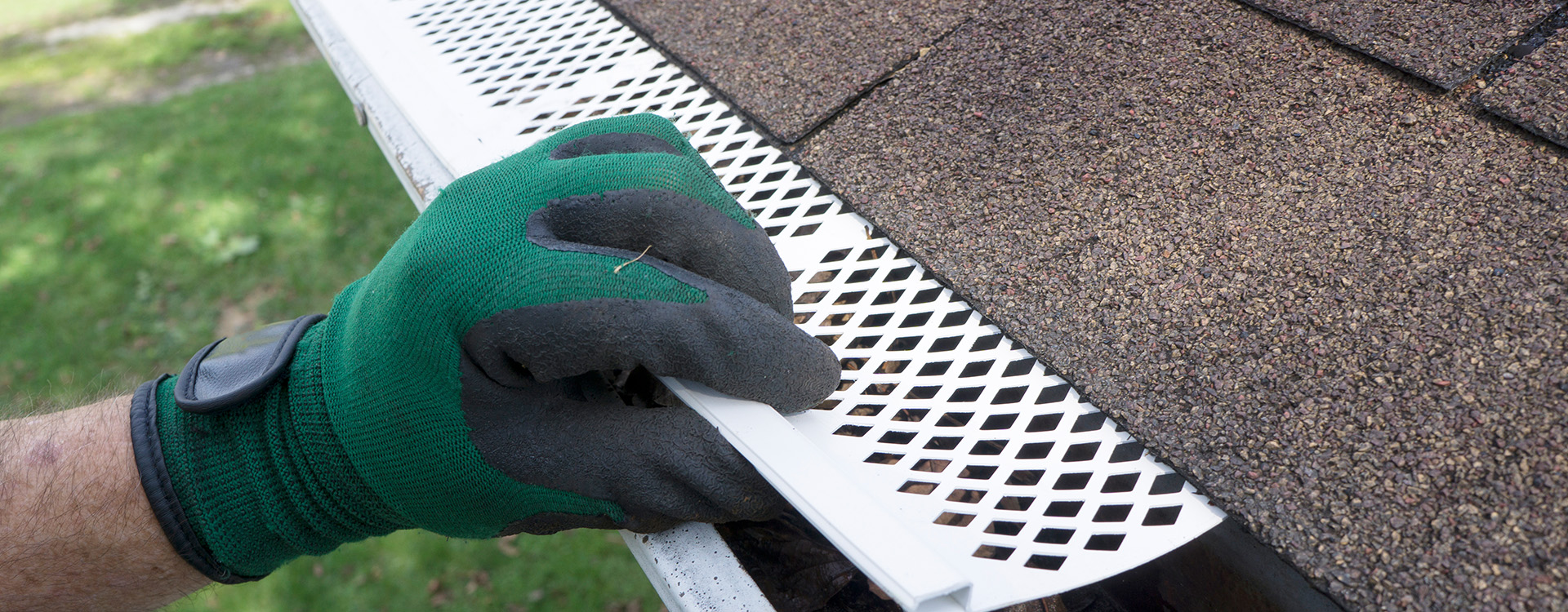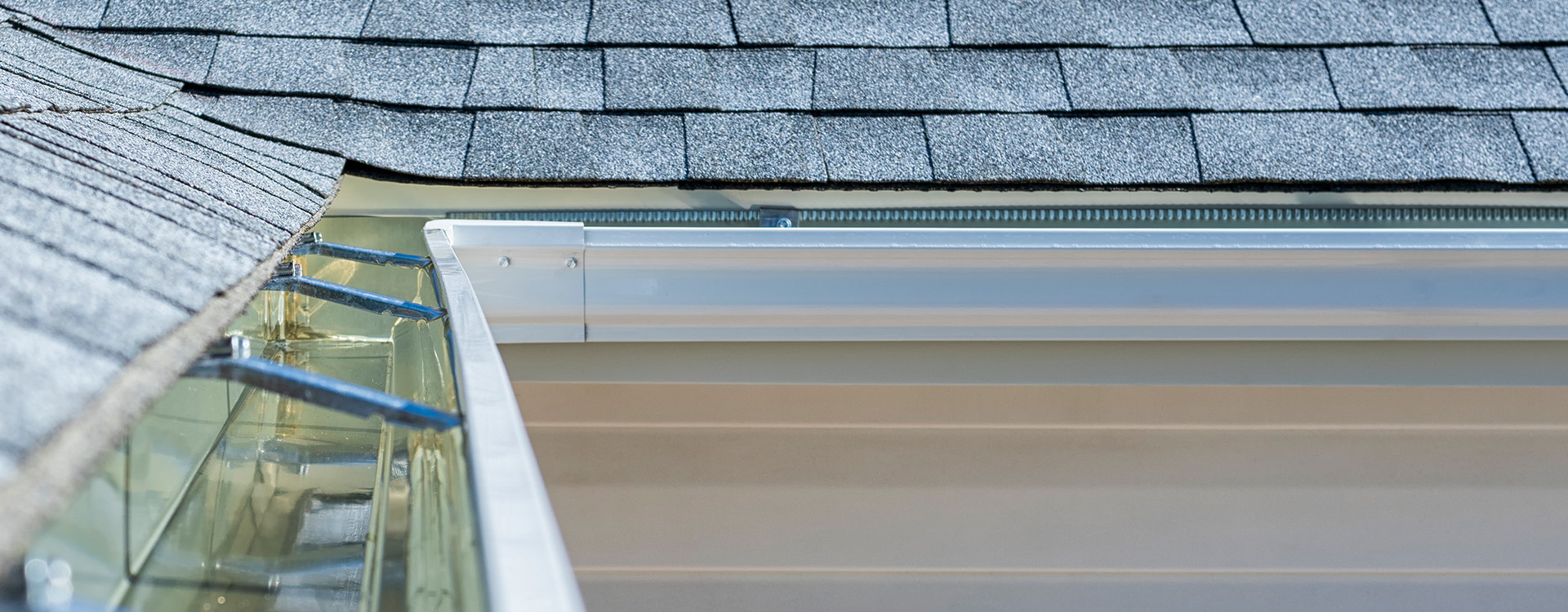
+
+
Gutters are designed to channel rainwater away from the roof and foundation of a building, preventing water damage, soil erosion, and basement flooding.
Regular gutter maintenance helps prevent clogs, leaks, and damage to the roof and foundation caused by overflowing water. It also extends the lifespan of the gutters and ensures proper drainage during heavy rainfall.
Gutters should be cleaned at least twice a year, typically in the spring and fall, to remove leaves, debris, and other obstructions that can cause clogs and impede water flow.
Signs that your gutters may need repair or replacement include sagging or pulling away from the house, rust or corrosion, leaks, overflowing water, and visible damage such as cracks or holes.
Gutters are commonly made of aluminum, vinyl, steel, or copper. Each material has its own advantages in terms of durability, cost, and aesthetics.
Trim, such as fascia and soffit, is installed along the roofline and eaves of a building to cover and protect the edges of the roof, as well as provide ventilation and aesthetic appeal.
Trim should be inspected annually for signs of damage, rot, or deterioration. Any issues should be addressed promptly to prevent water damage and maintain the integrity of the building's exterior.
Common problems with trim include rot, decay, pest infestation, and water damage. Regular maintenance and timely repairs can help prevent these issues and prolong the lifespan of the trim.
While some homeowners may have the skills and tools to install gutters and trim themselves, complex installations or repairs are best left to professional contractors who have the expertise and experience to ensure proper installation and long-term performance.
The cost of gutter and trim installation varies depending on factors such as the size of the building, the materials used, and the complexity of the installation.



